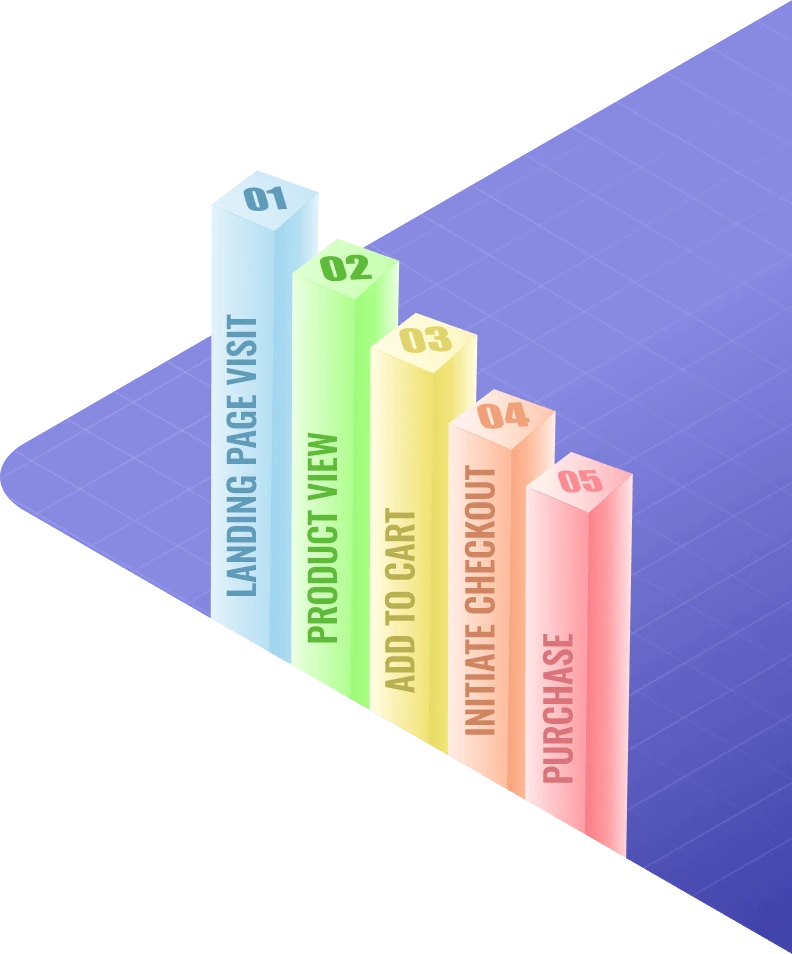If you’ve ever ran ads on YouTube or are about to – then your ads have mostly been served to kids, or they will be. YouTube makes a fortune serving ads from unsuspecting advertisers to kids consuming hours upon hours of content on YouTube from its plethora of children’s content creators. YouTube is a great babysitter, it’s free and captivates young children’s attention with an endless supply of mind-numbing videos created by anyone who wants to cash in on being a YouTube Creator. Kids content is very lucrative, unlike adults, kids will watch a channel and its content for hours on end, generating a lot of ad placements and a lot of revenue for the creator. In the same way writing a children’s book is easier than writing an adult novel and can be much more lucrative – creating kids content and cashing in is also a much easier path to millions of subscribers and fat YouTube checks paid for by your ad dollars.
It’s clear that if you run ads on YouTube this is a huge problem. The solution is simple – target your ads better on YouTube. Use Topics, Keywords & Audiences – but those aren’t full proof. The only full proof way to make sure your money isn’t spend on drooling toddlers is by creating a placement exclusion list which is easier said than done.
Currently, there isn’t a way to create or obtain a placement exclusion list that contains all the children channels and videos. The only way to do so is to go into the “where my ads showed” section of Google Ads, manually selecting individual videos and channels and adding them to your placement exclusion list. This is cumbersome and time consuming to say the least – and is effectively playing whack-a-mole with YouTube since every day new channels and videos come out – you’ll never effectively get ahead of it.
Currently the best solution out there is a new SAAS tool that is in beta. This tool is being developed to scrape YouTube daily and create a list of Channels and/or Videos based on keywords you input. Once you set up the keywords you want to target – i.e “kids / childrens / toddlers / cartoons” etc. the tool gets to work scraping YouTube for all channels and videos that contain those keywords in the video/channel title & description. These channels/videos are then added to a google sheet that you can apply to your ad campaigns. Everyday the scraper can add thousands of channels and videos to your Placement Exclusion list ensuring that your list gets created and updated daily without you having to lift a finger. Right now while the tools is in beta, they are offering a free list of over 14,000 kids related videos that you can apply to your campaigns today just for signing up to be part of their beta test.
Placement exclusion lists in YouTube ad campaigns provide numerous benefits to advertisers, including increased targeting accuracy, reduced ad waste, and improved ad relevance.
Increased Targeting Accuracy: One of the biggest benefits of placement exclusion lists is increased targeting accuracy. By excluding specific placements, advertisers can prevent their ads from appearing on content that is not relevant to their target audience, or in locations where their ads are likely to be less effective. This helps to ensure that their ad spend is being used effectively, and that their ads are being shown to the right people, in the right place, at the right time.
Reduced Ad Waste: Placement exclusion lists also help to reduce ad waste, by allowing advertisers to avoid showing their ads in locations where they are unlikely to perform well. For example, an advertiser might exclude placements that have a low viewability rate, or that are frequently associated with low engagement levels. This helps to ensure that their ad budget is not being wasted on ineffective placements, and that they are getting the most value from their advertising spend.
Improved Ad Relevance: Another key benefit of placement exclusion lists is improved ad relevance. By excluding placements that are unlikely to be relevant to their target audience, advertisers can improve the relevance of their ads, and increase the chances that their target audience will engage with them. This can help to drive better engagement levels, and increase the overall effectiveness of their ad campaigns.
Ease of Use: Placement exclusion lists are also very easy to use, making it simple for advertisers to take advantage of their benefits. In YouTube, advertisers simply select the placements they want to exclude from their campaigns, and their ads will not appear on those placements. This simple and straightforward process helps to ensure that advertisers are able to get the most out of their placement exclusion lists, and that they are able to achieve their advertising goals more effectively.
Increased Control: Finally, placement exclusion lists also provide advertisers with increased control over their ad campaigns. By allowing them to exclude specific placements, advertisers can take control of their ad spend, and make sure that their ads are being shown in the right places. This helps to ensure that their ad campaigns are effective, and that they are getting the results they are looking for.
In conclusion, placement exclusion lists are an important tool for advertisers on YouTube, providing numerous benefits including increased targeting accuracy, reduced ad waste, improved ad relevance, ease of use, and increased control. By taking advantage of these benefits, advertisers can achieve better results from their ad campaigns, and get the most value from their advertising spend.


